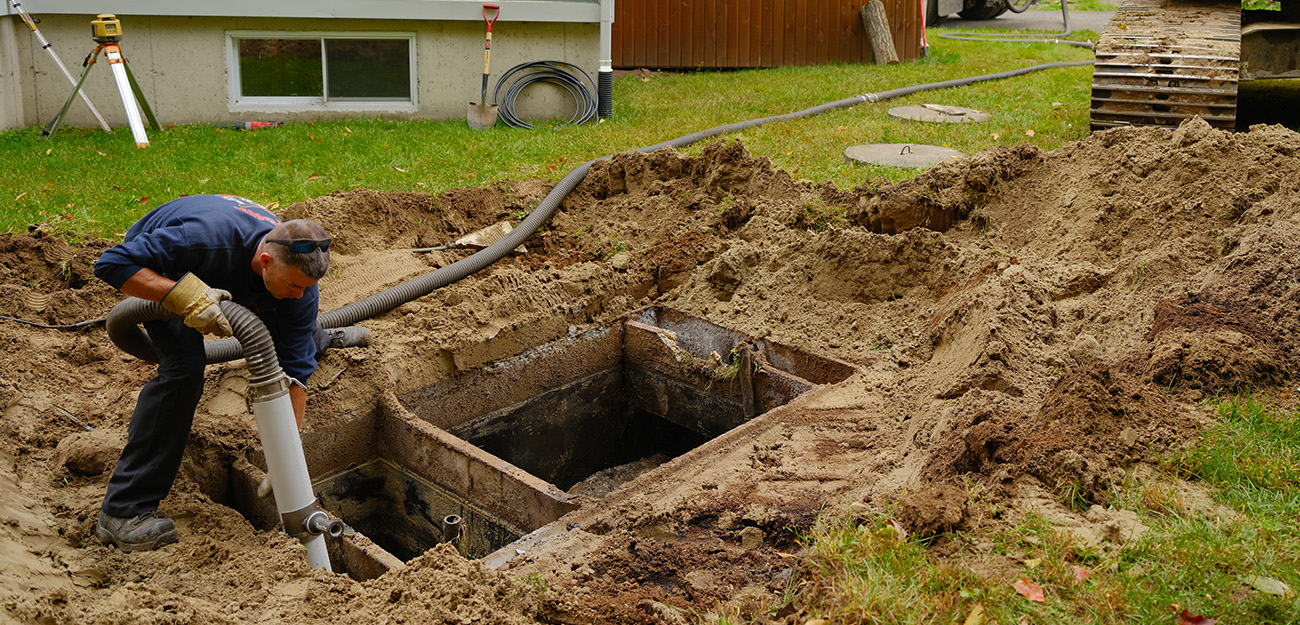When it comes to home ownership, certain aspects tend to be kept out of sight until they demand attention. One crucial, yet frequently overlooked aspect of a home is the septic system. We overlook it as if it can perform its job without much upkeep or stress. But, just like every other system, septic tanks will have longevity, and eventually they’ll require replacement.
Cost to replace your septic tank could be major financial burden to homeowners who aren’t prepared. Many factors contribute to the total cost, making it necessary to know the elements that affect budgeting for an upgrade to your septic system.

Knowing the real cost of replacing tanks requires weighing many aspects beyond the obvious price label. It’s not simply a matter of removing the old tank before installing an entirely new one. The cost is influenced by a variety of services and components. From obtaining permits and hiring contractors to excavation and installation, each phase has costs that homeowners should be aware of to manage their finances effectively.
The expense of replacing the system of septic, which includes installation costs for the leach field, as well as the an septic system is an important factor. The cost of replacing a tank can be affected by the size, the material used, and the complexity of the installation. Also, the area of your home, the local regulations and soil conditions are also factors that can affect the cost. It’s crucial to consult with septic system experts who can assess your specific requirements and give you an accurate estimation. The experts will look at aspects like the size and shape of the leach fields and give an accurate estimate of your total costs of your septic system.
Aside from the tank itself another major expense is the leachfield or drainfield. This element is vital for the treatment and dispersal of the wastewater. Replacing a damaged or failing leach field is a meticulous process and has a significant impact on the total cost of replacing septic. Factors such as the size of the field soil composition and accessibility all influence the cost of replacement, making it important to consider these factors when formulating the total cost.
In addition to the tangible costs homeowners should also consider the non-tangible costs associated with the replacement of a septic system. The process can disrupt your everyday routine, and require the temporary removal of your property or limit your use of water throughout the installation. This inconvenience should be considered when planning the project, as it can interfere with your everyday life and result in additional expenses.
It’s also important to know that maintaining your septic tank on a regular basis is crucial for prolonging its life and reducing the chance of a premature replacement. Failure to perform maintenance could cause more serious problems in the future, including damages to the drainfield or breakdown of the tank. Making a budget for septic maintenance is a smart investment and will help you save money in the long run.
By now, you may have realized that determining the total price of a replacement septic tank isn’t a simple task. This involves careful evaluation of numerous factors, from the size and nature of tank to the difficulty of installation, or the condition and health of the leachfield. Moreover, the location of your property and local regulations could impact the total cost. To accurately calculate the price, it’s essential to talk with experts that are skilled in the replacement of septic systems.
If you’re looking to replace your septic system, you could be pleasantly surprised to learn there’s hidden expenses that you may not have thought of. Costs can quickly add up, so you should be aware prior to making any decision. For more information, click septic system cost
The hidden costs of septic systems replacement include:
The costs of permits and inspections. You’ll need permits from your local authority prior to beginning working on your septic system replacement. These permits are expensive and you might have to pay for inspections.
The cost of excavation as well as removal. Before the new system is installed, it is necessary to remove and excavate the previous system. This is a costly and costly process, particularly in the event that it is difficult to gain access to the previous system.
The expense for backfilling and gradeing. The remaining hole after the removal of the old system will need to backfilled and graded. It is essential that the drainage system is properly drained.
Costs of landscaping. You might have to landscape the area following the installation of the new system, to maintain it in a neat and tidy manner. The cost can quickly add up if you have to hire a professional landscaping company.
It’s essential to account for the hidden costs when planning the replacement of your septic system. If you do this, you can avoid any surprises further down the line.
Eco-friendly septic systems can be a fantastic option for homeowners with the luxury of a budget. These eco-friendly septic options offer a cost-effective alternative to traditional systems, they also help conserve the environment through reducing water runoff and pollution. These eco-friendly solutions are increasingly affordable and easily accessible. They’re the most suitable option for those looking to lower their carbon footprint and not break the bank. Although there could be cost-of-investment initial costs when switching to a green system, these costs are more than compensated by savings over the long term. Green living isn’t only a trend, it’s a vital lifestyle choice every person should consider if they want to ensure the sustainability of our world. If you have the right plan installed, you’ll have peace of mind knowing that you’re doing your part to help the world, as well as guaranteeing that your home is functional and efficient with minimal maintenance as well as lower monthly costs.


